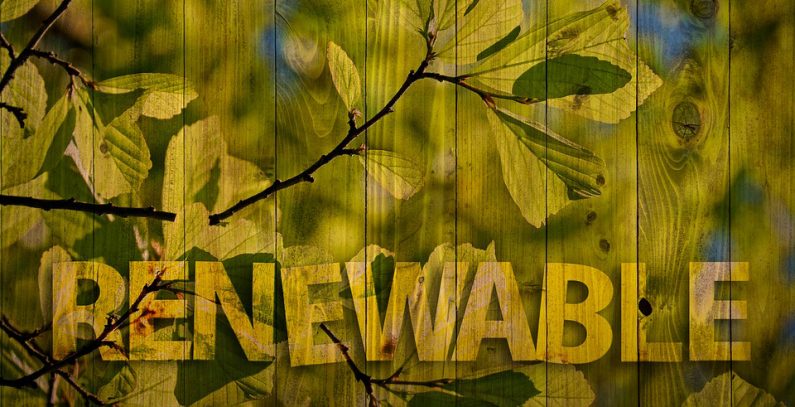
Photo: Pixabay
The European Parliament (EP) has approved a binding 2030 target for renewables of 32% and an indicative target on energy efficiency of 32.5% that will play a crucial role in meeting the EU’s climate goals, according to a press release from the EP.
By 2030, energy efficiency in the EU has to have improved by 32.5%, whereas the share of energy from renewables should be at least 32% of the EU’s gross final consumption. Both targets are to be reviewed by 2023. These targets can only be raised, not lowered, the EP said.
EU member states must also ensure that citizens are entitled to generate renewable energy for their own consumption, to store it, and to sell excess production, according to the press release.
By making energy more efficient, Europeans will see their energy bills reduced, and the EU will reduce its reliance on external suppliers of oil and gas, improve local air quality, and protect the climate, the EP said.
Moving towards second-generation biofuels
Second-generation biofuels can play a significant role in reducing the carbon footprint of transport and at least 14% of fuel for transport purposes must come from renewable sources by 2030.
However, first-generation biofuels with a high risk of “indirect land use change” (ILUC i.e. when land is converted from non-crop cultivation – such as grasslands and forests – to food production, which increases CO2 emissions) will no longer count towards the EU’s renewable energy goals from 2030.
EP backs CO2 emissions cuts for trucks
The EP has also backed plans for lorries to cut CO2 emissions by 2030. MEPs adopted a higher target (35%) than the European Commission (30%) for new lorries to reduce the EU’s greenhouse gas (GHG) emissions by 2030, with an intermediate target of 20% by 2025.
Manufacturers will also have to ensure that zero- and low-emission vehicles (which emit at least 50% fewer emissions) represent a 20% market share of the sales of new ones by 2030, and 5% by 2025.
Heavy-duty vehicles are responsible for around a quarter of CO2 emissions from road transport in the EU. Without further action, their emissions are expected to grow due to increasing road transport volumes.


















Be the first one to comment on this article.